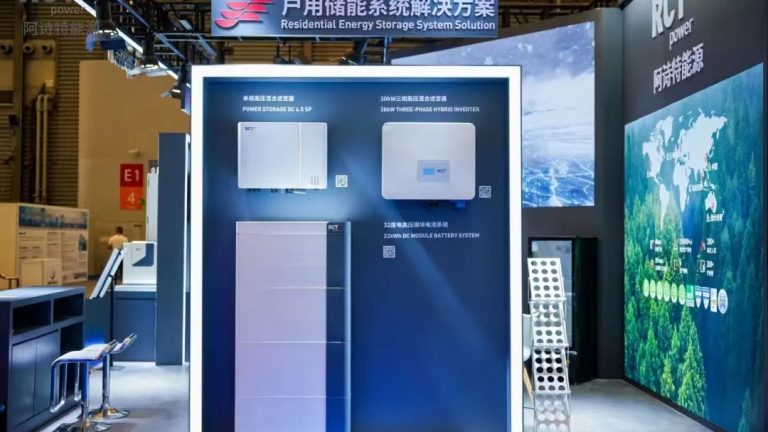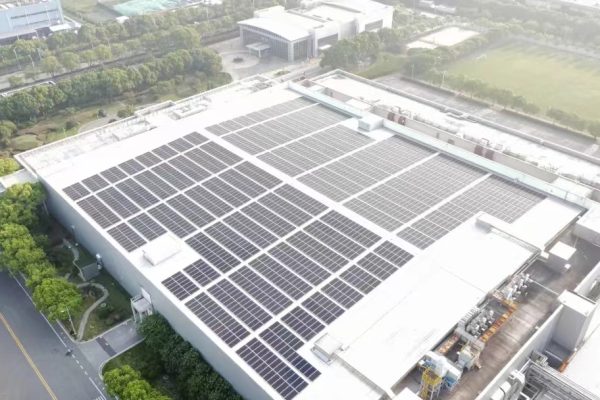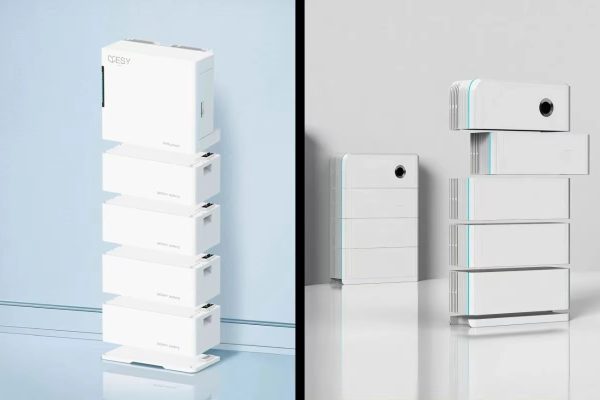When homeowners start exploring solar + battery storage, one of the first and most confusing questions is:
💭 “How many kilowatt-hours (kWh) of battery storage do I actually need?”
The answer depends on your energy usage pattern, backup needs, and budget — not just system size.
In this article, we’ll break down how to estimate your real storage demand, understand daily load cycles, and avoid both oversizing and undersizing your energy storage system (ESS).
1. What “kWh” Really Means in Energy Storage
kWh (kilowatt-hour) measures how much energy your battery can store or deliver.
For example:
- A 5 kWh battery can theoretically power a 1 kW load for 5 hours,
or a 2 kW load for 2.5 hours, etc.
However, in real systems, usable capacity is slightly less due to:
- Depth of discharge (DoD) limit (e.g., 90–95%)
- Inverter efficiency (≈95–98%)
- Battery degradation over time
⚙️ Always use “usable kWh” when comparing systems, not total nominal capacity.
2. Step One: Understand Your Daily Energy Consumption
Look at your electricity bill or smart meter data.
Example:
- Average daily energy use = 18 kWh/day
- Evening peak usage = 5–7 kWh (lighting, air-con, TV, kitchen)
If your solar panels generate 20 kWh/day, your battery can store the excess daytime energy to use at night.
📊 A good rule: your storage should cover your evening consumption, not your entire daily load.
3. Step Two: Define Your Storage Purpose
Home batteries serve different goals — and each changes how much storage you need.
| Goal | Description | Typical Capacity |
|---|---|---|
| Backup Power | Run essential appliances during outages | 5–10 kWh |
| Solar Self-Consumption | Store daytime solar energy for evening use | 5–15 kWh |
| Peak Shaving / Time-of-Use Saving | Charge off-peak, discharge at high tariffs | 10–20 kWh |
| Full Off-Grid Operation | Run the whole home 24/7 from solar + battery | 20–50 kWh+ |
💡 Start by identifying your main goal — that determines your ideal range.
4. Step Three: Calculate Based on Essential Loads
During an outage or nighttime use, you probably don’t need to power everything.
Here’s a quick example of essential home loads:
| Appliance | Power (W) | Hours per Day | Energy (kWh) |
|---|---|---|---|
| LED lighting (8 rooms) | 400 | 5 | 2.0 |
| Refrigerator | 150 | 24 | 3.6 |
| Wi-Fi, TV, computer | 200 | 4 | 0.8 |
| Fans or A/C (partial use) | 800 | 3 | 2.4 |
| Water pump | 500 | 1 | 0.5 |
| Total | ~9.3 kWh/day |
So, for partial backup or evening use, a 10 kWh system is usually sufficient.
5. Step Four: Factor in Discharge Depth
Most LiFePO₄ (LFP) batteries allow up to 90–95% Depth of Discharge (DoD).
If you install a 10 kWh battery:
- Usable energy = 10 × 0.9 = 9 kWh
If your inverter draws 8.5–9 kWh per night, that battery will fully discharge by morning — ideal for daily cycling.
🔋 Don’t oversize unless you want multi-day autonomy.
6. Common Home Battery Sizes and What They Power
| Battery Size | What It Can Power | Ideal For |
|---|---|---|
| 5 kWh | Lights, fridge, Wi-Fi for 6–8 hrs | Small apartments, basic backup |
| 10 kWh | Essential loads overnight | Typical homes (3–4 people) |
| 15 kWh | Larger homes, A/C, EV charging support | Family homes, energy savings |
| 20+ kWh | Whole-house backup, off-grid | Villas, rural houses, high users |
⚙️ 10–15 kWh is the most common range for modern grid-tied homes with rooftop solar.
7. How Inverter Size Affects Your Battery Requirement
Even with large batteries, your inverter limits how much power (kW) you can output simultaneously.
Example:
- 10 kWh battery + 5 kW hybrid inverter
→ Max load output = 5 kW
→ Runtime = 10 kWh ÷ 5 kW = ~2 hours at full load
If you run smaller loads (1–2 kW average), runtime extends to 5–8 hours.
🧠 Balance inverter power (kW) with battery capacity (kWh) for optimal performance.
8. Daytime Solar Charging and Energy Flow
With PV + storage, your battery charges from excess solar power.
For example:
- 6 kW PV system produces 25 kWh/day
- Home daytime use: 10 kWh
- Battery storage potential: ~15 kWh
If your battery is only 10 kWh, you’ll export 5 kWh to the grid.
If you want full self-consumption, increase storage to 15 kWh.
☀️ Bigger PV array = faster battery charging = higher savings from self-consumption.
9. Oversizing vs. Undersizing — The Tradeoff
| Situation | Impact |
|---|---|
| Undersized battery | Fast ROI, but may not cover all evening loads |
| Oversized battery | Higher investment, longer payback period |
| Balanced system | 1.0–1.5 × your evening use = optimal value |
📉 Start smaller and expand later — modular battery systems allow flexible scaling.
10. Real-World Examples
Example 1 – Urban Home (6 kW PV + 10 kWh Battery)
- Daily use: 18 kWh
- Solar generation: 22 kWh
- Self-consumption: 80%
- Grid import cut by 70%
✅ 10 kWh covers 90% of evening use — ideal balance.
Example 2 – Rural House (8 kW PV + 20 kWh Battery, Off-Grid)
- Daily use: 25 kWh
- 2 days autonomy target → needs ~50 kWh total
✅ Achieves full independence with backup generator support.
11. Battery Chemistry Considerations
| Chemistry | Typical DoD | Cycle Life | Cost | Notes |
|---|---|---|---|---|
| LFP (LiFePO₄) | 90–95% | 6000+ | Moderate | Safe, stable, long lifespan |
| NMC (LiNiMnCoO₂) | 85–90% | 3000–5000 | Slightly higher | Higher energy density |
| Lead-acid / GEL | 50–60% | 1000–1500 | Low | Outdated for daily cycling |
🧩 For home storage, LFP is the clear winner — safer, durable, and cost-effective.
12. Estimating ROI
Example:
- 10 kWh LFP system: $4,000 (installed)
- Save $1/day on self-consumption and peak shifting
- Annual savings ≈ $365
→ Payback ≈ 11 years (faster in TOU markets)
Adding solar typically shortens ROI to 5–7 years with net metering or FiT benefits.
13. Smart Management: EMS and Monitoring
Modern systems include Energy Management Systems (EMS) that:
- Track load, PV, and battery flow in real time
- Prioritize solar usage
- Automatically shift loads to sunny hours
- Protect against deep discharge
📲 A smart EMS can save 10–15% more energy annually than a manual setup.
14. When to Upgrade Capacity
Consider upgrading when:
- You add new appliances (EV charger, A/C)
- Your usage increases >20%
- Your battery consistently reaches 0% before morning
- You have unutilized solar generation during daytime
Modular LFP systems (e.g., 5 kWh per module) make expansion simple — just stack another pack.
“How many kWh do you really need?” comes down to lifestyle, energy goals, and flexibility.
✅ For typical grid-tied homes: 10–15 kWh
✅ For full backup or off-grid: 20–40 kWh+
✅ For small apartments: 5 kWh is enough
The key is balance — enough energy to meet your needs without overpaying for unused capacity.
By understanding your daily energy profile, you can design a right-sized, efficient, and future-proof home storage system.
⚡ Smart sizing means smarter savings.









